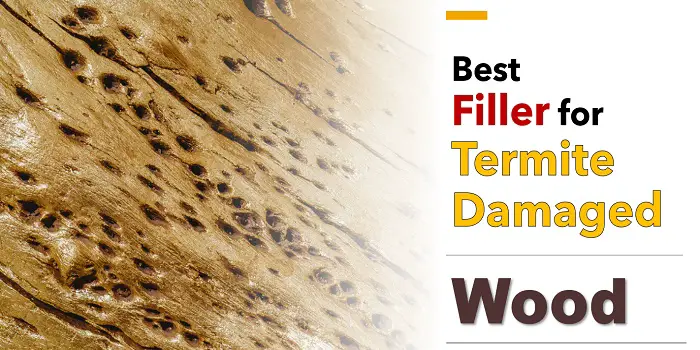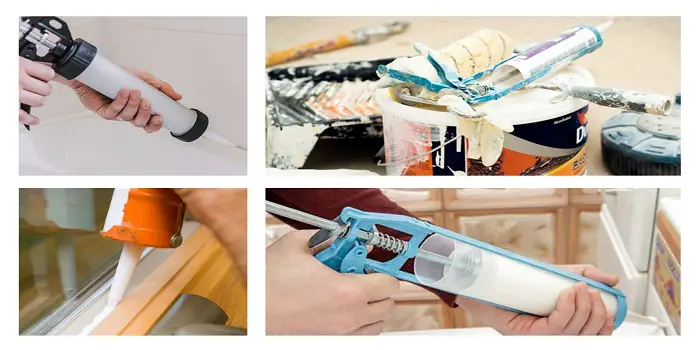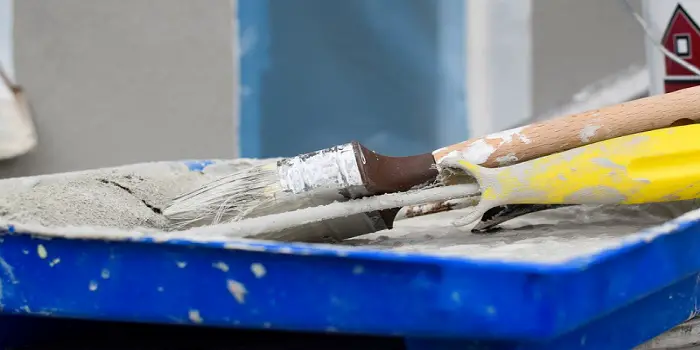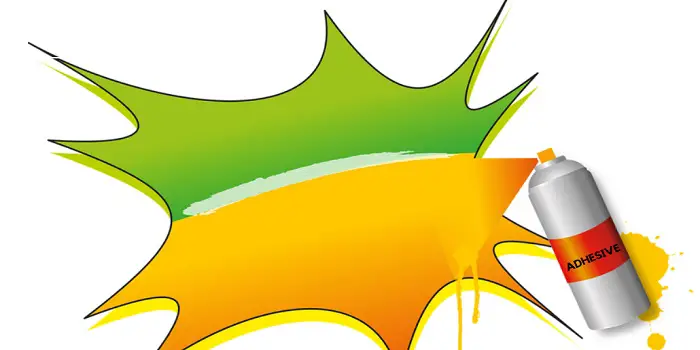
Spray adhesives are contact adhesives applied in a liquid form that quickly gets dried to a solid.
They are available as both aerosol cans and pump-action bottles to provide a strong, permanent bond between two surfaces. The cans are filled with a mixture of chemicals, propellants, and the desired adhesive, which is then sprayed into the air where it covers the surface you desire to bond together.
Spray adhesives can be used on a variety of materials, including metal, plastic, wood, and paper. The main advantage of using them over regular ones is that they are quick and easy to use. They can be applied in a thin coat to surfaces, so there is no need to worry about excessive mess or waste.
Spray adhesives also have a high bonding strength, making them ideal for heavy-duty applications.
What's Here in the Article:
How to Apply Spray Adhesive?
The application of spray adhesive is very easy and can be done in a few simple steps:
- Clean the surfaces to be bonded with a solvent, such as acetone or denatured alcohol to remove any oils or dirt that may interfere with the adhesive bond.
- Shake the aerosol can well and hold it 6 inches or more from the surface to be bonded.
- Apply a thin, even coat of spray adhesive to both surfaces (to be bonded) and allow it to dry for 10 minutes.
- Apply pressure to the surfaces for 30 seconds to 1 minute and allow them to dry for 24 hours. After this, the bond will be complete, and the surfaces will be permanently attached.
Keep in mind that you must use adequate pressure on both surfaces when bonding them together. Too much pressure will not help with adhering, and too little pressure can cause the adhesive to not bond correctly.
If you need to remove excess spray adhesive from a surface, there are a few methods that can be used. Here are some of the common ones:
- Use a scraper, chisel, or cheese grater to chip away at the adhesive until it is removed.
- Use a heat gun or blowtorch to heat the adhesive until it softens and can be removed.
- Apply a liquid adhesive remover (like acetone, mineral spirits, or other solvent) to the surface and allow it to soak in for 10-15 minutes. The adhesive will then loosen and can be wiped away.
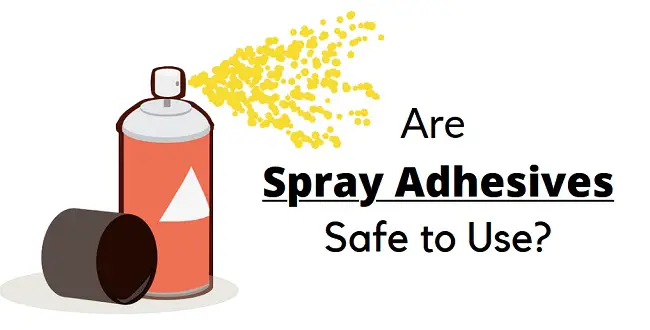
A Few Drawbacks of Using Spray Adhesive
Although spray adhesives work great for any surface, there are a few drawbacks to using them that you should keep in mind. These include:
- The fumes from the adhesive can be dangerous and should not be inhaled. So, you need to always work in a well-ventilated area and wear a respirator when using spray adhesive.
- The adhesive can be messy and difficult to clean up so make sure to cover any surfaces before beginning work and to use a drop cloth when applying the adhesive.
- The drying time can be long, depending on the thickness of the adhesive coat. So make sure you give it enough time before applying another layer or using the surface.
It is important that the adhesive only covers the desired surface and that it does not create a thicker layer than what was intended.
When the adhesive is applied in a thick coat or if too much pressure is used during application, the surfaces to be bonded may be damaged.
What are the Best Spray Adhesives on the Market?
If you work as a woodworker, you will want your spray adhesive to have the following characteristics:
- Low VOCs (Volatile Organic Compounds) so it doesn’t produce harsh fumes
- Bond quickly and be tack-free in a few seconds
- Be strong and durable enough to hold the pieces together during the project
- Not damage the wood or leave a sticky residue when it’s removed
Once you know what to look for in your spray adhesive, here are some of the best spray adhesives you can check out for woodworking:

1). Camie 365 Spray Adhesive
This spray adhesive is low in VOCs, bonds quickly, and is durable enough to hold the pieces together during a project. It comes in a variety of sizes, so you can find the perfect fit for your needs.
The quality of the adhesive makes it a good choice for beginner and experienced woodworkers. It is known for its strength in sticking the pieces together and for how quickly it dries. It is also clean to use and doesn’t damage the wood when it is removed.
2). Bostik SuperTak Foam and Fabric
If you are looking for a versatile adhesive, Bostik SuperTak is a good option. It bonds extremely well to wood and is very strong on metal, plastic, fabric, leather, and other surfaces. It has a low odor and is tack-free in less than 30 seconds.
The adhesive is known for its quick bonding time, which allows you to apply it quickly before placing the pieces together. It won’t leave a sticky residue when it’s removed.
3). 3M’s Hi-strength 90 Spray Adhesive
3M is a brand known for its quality, and this spray adhesive is no exception. It comes in a can, which eliminates the need for transferring the adhesive to another container before use. Also, it dries quickly, so you can move on to the next step without waiting long.
3M Hi-strength 90 in general is designed for heavyweight materials and is perfect for bonding metal, plastic, and wood.
4). Weldwood 122 Spray Adhesive
Weldwood 122 comes in a can that includes an extension tube nozzle to ensure you get a smooth spray with a fine mist for bonding plywood, particleboard, MDF, OSB, hardwoods, veneers, fiberboard, leather, plastics, fabric, metal, paper, cardboard and more.
5). Prime Industries Fast Tack Spray Adhesive
This Prime Industries Fast Tack is a fast-drying spray that creates a strong bond and is easy to use on a variety of surfaces, including foam, rubber, metal, and plastic. Generally, it works better and is designed for porous material and dry, absorbent surfaces that are not exposed to heavy wear.
The good part is it has a low odor when used indoors and can be removed with soap and water.
Spray adhesives are a quick and easy way to bond two surfaces together. They offer a strong and permanent bond when the right technique is used.
The easiest type of spray adhesive can be used by applying it in an aerosol can, but other types require specific application equipment, such as guns or bottles.
Also, remember that there are many different types of spray adhesives on the market, each with its own set of characteristics. When choosing an adhesive for woodworking, it is important to consider the type of material being bonded, the strength required, and the level of odor.
Share the post "What are Spray Adhesives – How to Use Them Correctly?"

Douglas Becker (aka Painter Doug) has over twenty years of experience as a painter in Adkins, Texas. At present, he resides in Florida with his family.
From painting multi-storeyed houses, condos, and apartments to large commercial buildings and small offices, he had served various customers in areas not only in Adkins but also in Southwest Florida, Sarasota, Naples, and many more. To know more about him check here.


